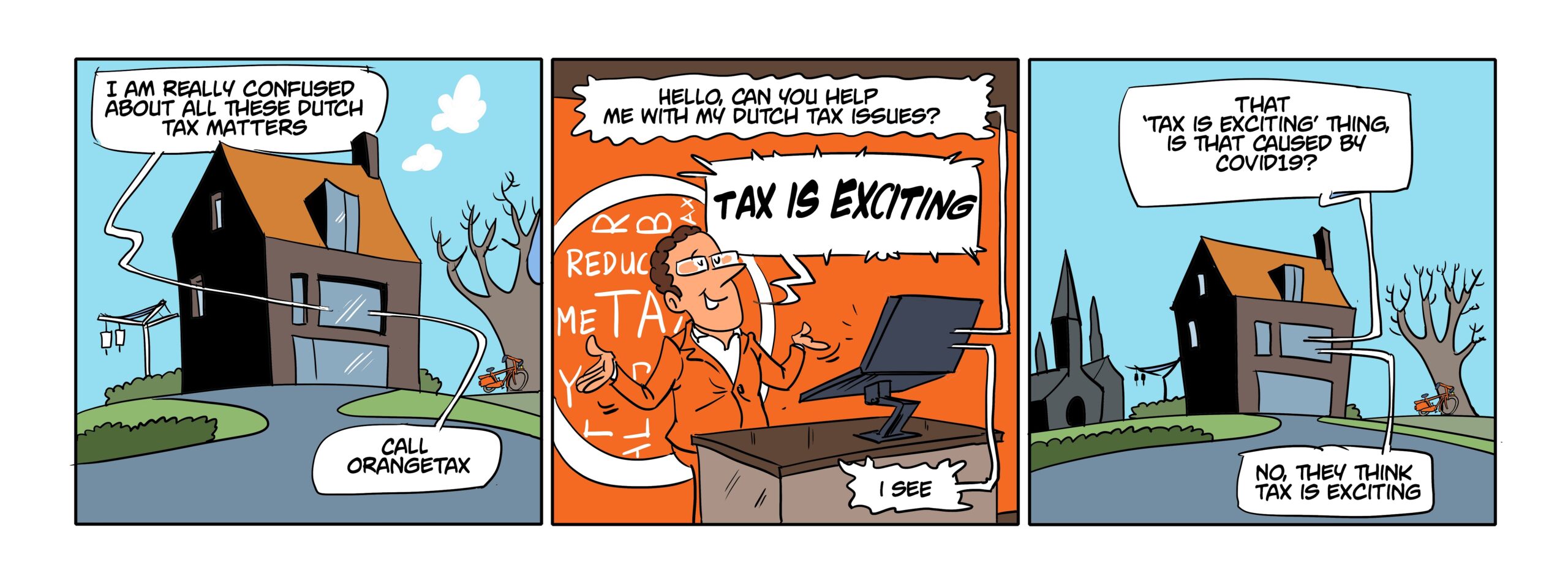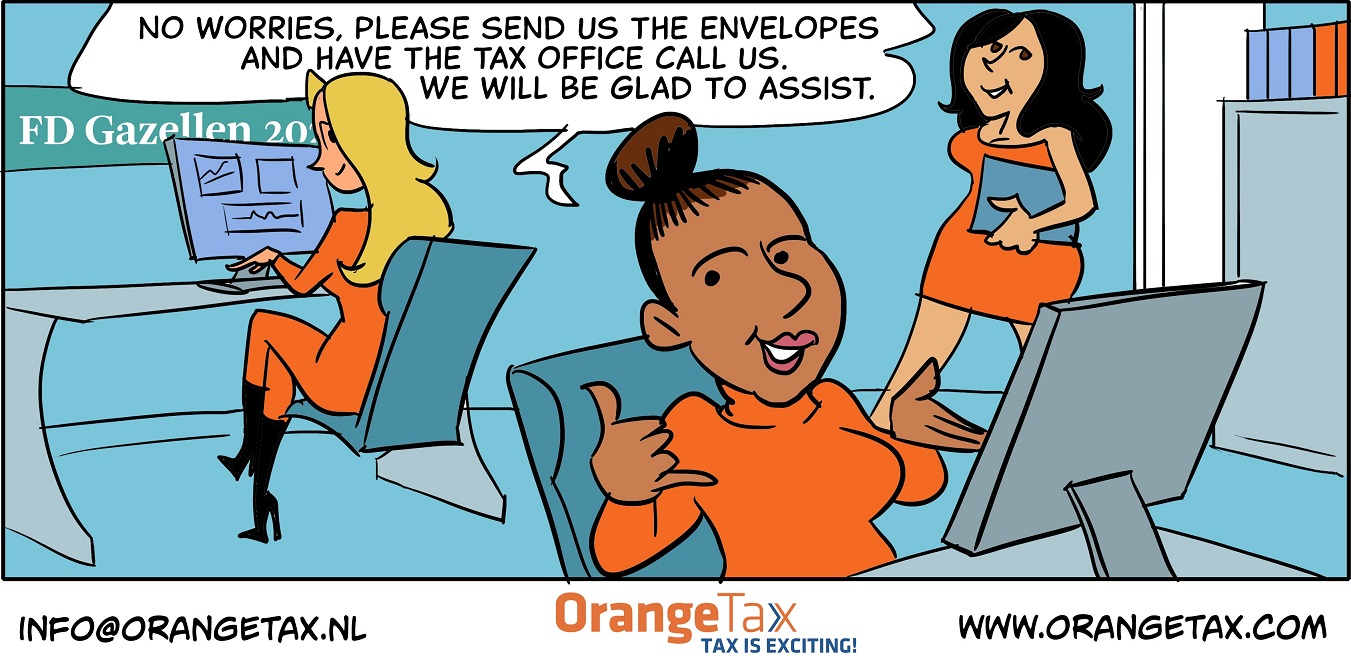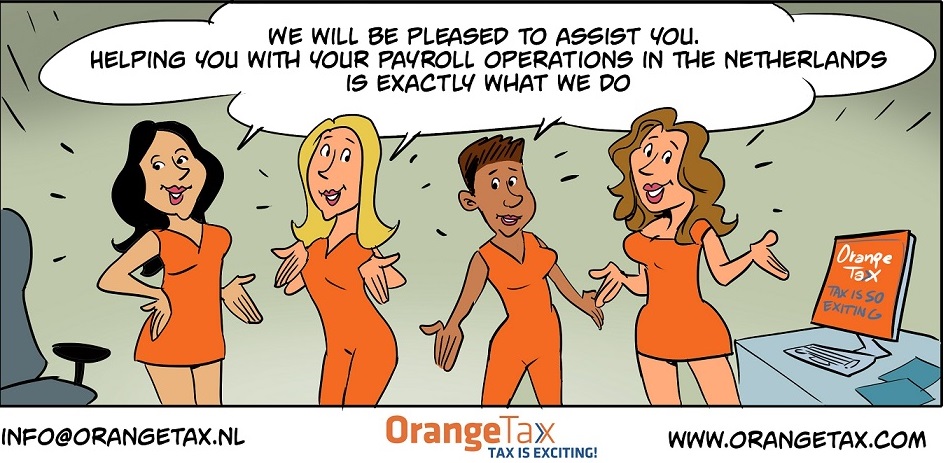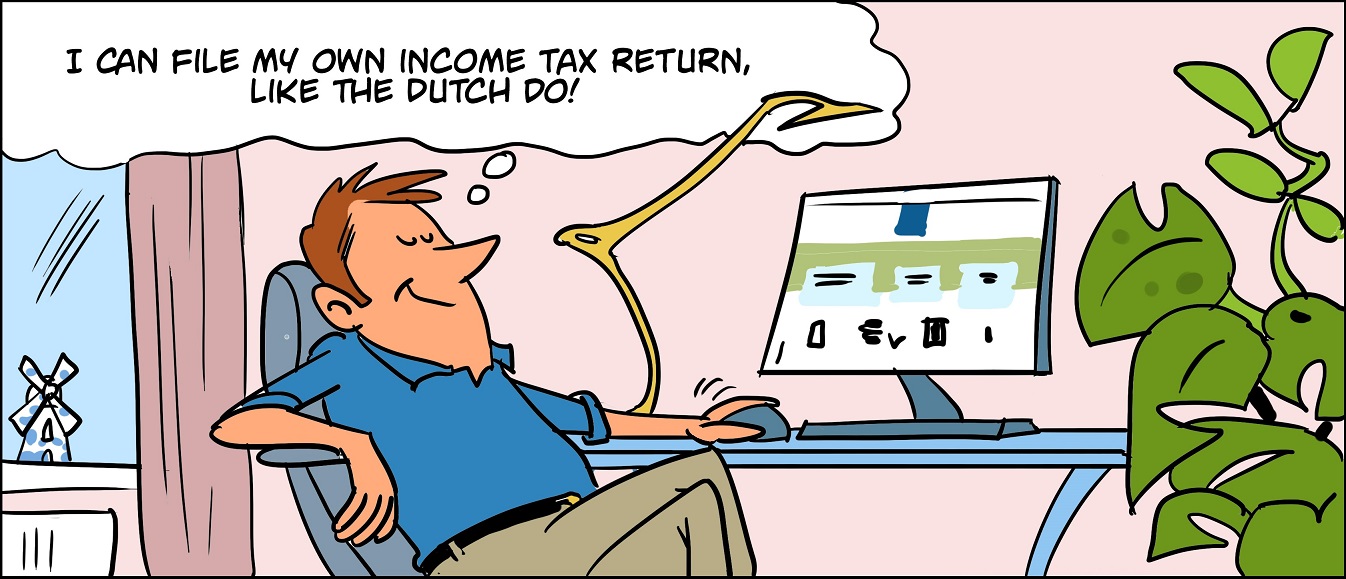In the event you have a limited liability company in your home country and you think about doing business in the Netherlands, you can start with a branch/representative office of your foreign limited liability company.
The advantage is that the set up with the Chambers of Commerce and the Dutch tax office is not too complex against the incorporation of a BV company through a Dutch notary. We can assist in this matter. The company name already exists, so the website , stationary etc. is already in place. You only need to do the business.
The start up is most of the time costly, therefore we anticipate a loss in the startup period. This loss can be compensated with the company’s result in the home country corporate income tax return. The home country’ s corporate income tax return needs to include the world wide income of the company, hence the (startup) loss of the Netherlands will reduce the home country’s corporate income tax base. In the event the Dutch branch is profitable and Dutch corporate income tax has been paid, then the home country’s corporate income tax return will provide for a double taxation relief.
The relation between the head office and the branch/representative office is very informal. Money can go easily back and forwards as long as the results are shown in the country to which they can be allocated. From the moment the branch starts to become profitable , you can decide whether or not to convert the registration into a BV company. If you no longer desire the registration of the branch/representative office, then you simply have it deregistered.
The advantage of starting a branch/representative office against a BV company is mainly the intercompany transfer pricing. As the Dutch BV needs to act with it shareholder, being the limited liability company in the home country, as a third party, the transactions between the two companies should be as such. The funds the head office provides is now a loan which implies interest, security and a repayment scheme. The head office needs to charge a fee for its services that needs to have been benchmarked. The relation is more formal, needs to be put in writing, incase business is bad and the Dutch BV goes bankrupt. During bankruptcy the curator will try to hold the shareholder liable, in order to be able to get money in to pay for outstanding debts. Dissolve the BV is done via liquidation procedure, that takes at least two months.
Please contact us if you are about to start business in the Netherlands.





